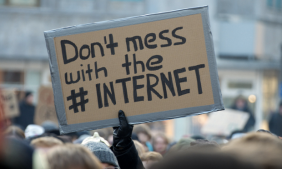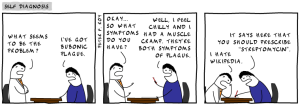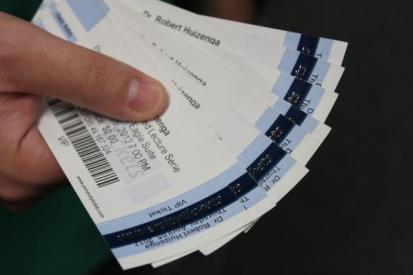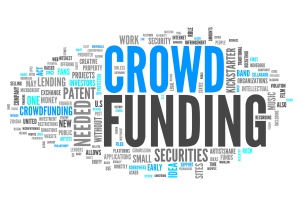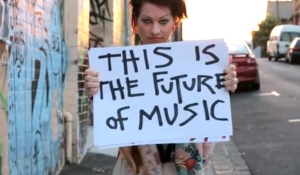Most in the general public consume political campaign messages ad nauseam as we get closer to an election cycle, but have they stopped to think campaign messages are geared a certain way? The answer is simple: Voters want someone they personally identify and connect with.
According to an article published by The Economist in 2012, the author explains a narrative for a political candidate “…is the emergent product of an informal consensus among journalists and commentators. If each journalist is disposed to tell the story a different way, no consensus will emerge and there will be no one dominant narrative.” Conversely, if they both look at the candidate through the same prism as they are trying to be portrayed, there is a dominant narrative.
During the 2012 United States presidential campaign, Mitt Romney and his campaign staff made sure they avoided the national press corps, who would follow him around wherever he went because they are trying to get some insight behind Romney. They did not want to play into the dominant narrative of Romney being stiff, unrelatable and having the propensity to give the wrong kind of soundbite. According to Loiaconi (2015), a well-crafted television advertisement can move public opinion, but not shift the narrative too much. In today’s world, we let a candidate’s narrative play out social media. Twitter is an effective social tool because of its brief 140-character messages, the public’s propensity to react to every soundbite and the power and influence of hashtags to spark discussions, debates and online communities, according to Shirky (2008).
Hamby (2013) illustrated that as the national press corps’ collective frustrations grew with each avoidance by Romney and his campaign staff, journalists turned to cynicism, thereby mocking the Romney campaign, producing their own hashtags and becoming a part of the narrative the national media was trying to portray about Romney. While countless journalists, including those who were on the campaign trail with Romney in 2012, admitted the might have went too far by essentially inserting themselves into the narrative, it marks a changing of the guard for how campaign narratives are constructed and managed. Loiaconi (2015) explains “[c]ampaign narratives are to some extent driven by the complicated relationship between journalists, their audiences, and the candidates they cover.”
As we look to the 2016 election cycle, every viable candidate and campaign staff are turning to social media to construct and bolster their dominant campaign narrative or narratives. To exemplify this, one only needs to look at presidential candidate Donald Trump. Billed as a political outsider and the vigor to “Make America Great Again”, Trump has been lauded by the left to become a viable candidate in the crowded Republican primary race. No matter what thinks about the legitimacy of his candidacy, campaign or tactics, he has used Twitter quite effectively to get his campaign narrative and platform out there for the world to see. Tobe Berkovitz, an advertising professor and former consultant in politics credits this to an oversimplification of political communication. Berkovitz explains “Trump tweets something and all of a sudden that’s the scroll bar on cable news for an hour…How pathetic is that? 140 characters and that’s your lead.” Twitter, by its nature, is geared towards producing soundbites in the soundbite culture we live in, as explained by Hamby (2013). It is also true because of the way people want to consume short blurbs of information online, rather than long paragraphs. Short blurbs of concise information are seen as valuable because they are informative and convenient.
Once a candidate’s projected narrative is out there, it is not up them how it is received or whether it takes hold as the dominant narrative. In this way, a candidate’s narrative is akin to a brand’s identity, where it is co-created by the company and the consumer because it is just as much a part of their lives than it is to the company. Nowadays, this is usually negated and mediated through consumer engagement with the brand on the website and on social media. In Trump’s case, this is where his campaign has fallen a bit short. Whether it was Trump’s Twitter fight with a Modern Family writer, Fox News Channel contributor Michelle Malkin or media mogul Arianna Huffington, the feuds and potshots, both directed at him and ones that he fires back, detracts from his campaign’s messages and trivializes his campaign narrative.
How important do you think dominant narratives are to the 2016 presidential candidates?





